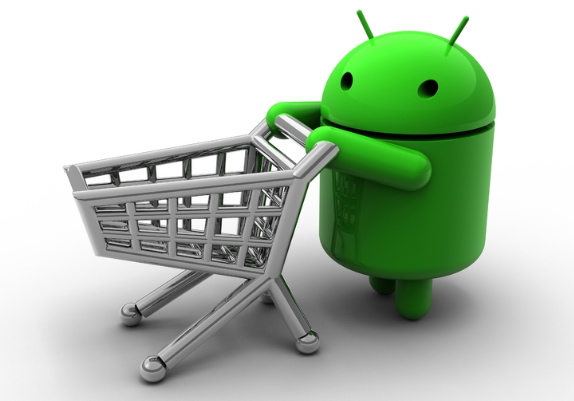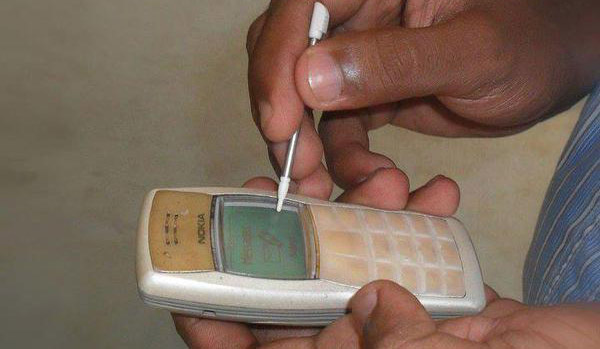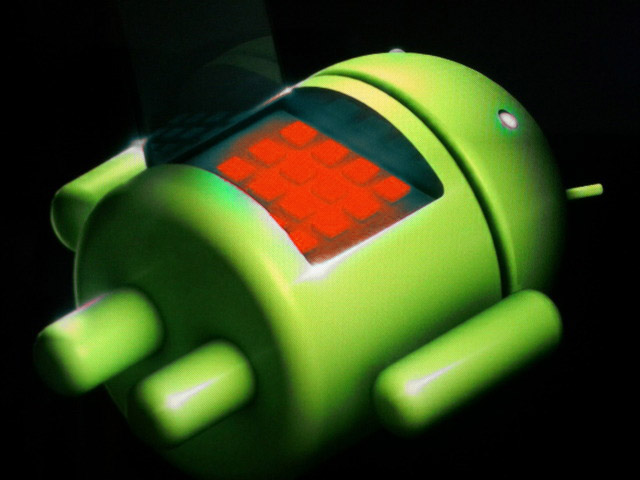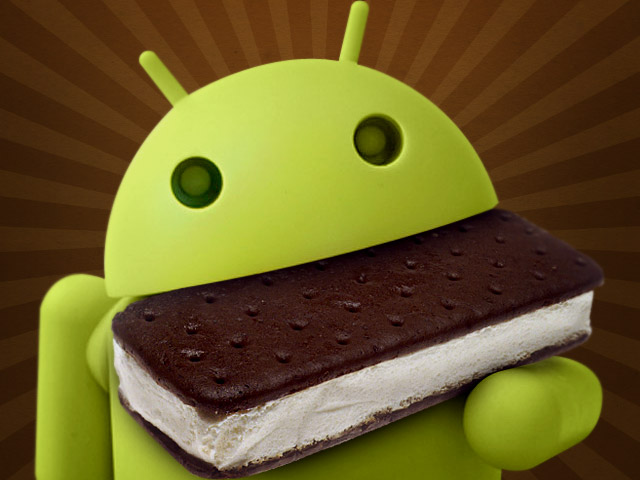Affiliate links on Android Authority may earn us a commission. Learn more.
Top 5 reasons you should avoid cheap Android smartphones

Reason #1: Low quality touchscreens
Most “affordable” (I simply call them cheap) Android smartphones feature poor touchscreen technology. At resolutions south of HVGA (that’s below 480 by 320 pixels), text and images are nothing short of fuzzy. In addition, in the case of cheap Android smartphones, the low-quality touchscreens themselves often have responsiveness problems, not to mention the “dead” pixels, which appear way more often on low-quality smartphones. I can’t stress enough how important a good touchscreen is in order to enjoy an exciting Android experience. If you’re having problems navigating around apps or if the movies and games are not vivid, all the fun is sucked out and you’ll probably get bored (or even annoyed) pretty quickly.

Reason #2: Low Speed Single-Core Processors + Not Enough RAM
Fact: Dual-core processors have been available on high-end smartphones for more than a full year. Better still, quad-core smartphones are bound to be released over the next couple of months (I particularly fancy the HTCOne X, but that’s just me being subjective). As the processing power of Android smartphones has increased steadily, more and more apps are designed to work well on multiple cores, while many Android games now take advantage of the advanced GPUs you’ll find in the likes of the Galaxy S2, the Motorola Droid RAZR, or any other high-end Android device of your liking.
Cheap Android smartphones, however, usually come with single-core processors clocked at less than 1GHz and GPUs that are unable to run the most graphically advanced games of today. If you choose to go down the dirt-cheap road, you simply won’t have hardware that is good enough to run the current top apps, not to mention the apps that will be designed to take advantage of the processing power of next year’s best smartphones. If you’re ill-prepared for today, just imagine the setbacks you’ll encounter tomorrow!

Next up, low amounts of RAM can clog up a smartphone to the point where the Android OS will automatically kill apps in the background to open up more RAM for the currently open app, thus effectively disabling one of Android’s main features: multitasking. Cheap Android smartphones come with 512MB of RAM and less. As apps become bigger (Google have recently raised the size limit for Google Play Apps up to 4GB), they are increasingly RAM-hungry, up to the point that 1GB of RAM should become the absolute minimum in about a year or so.
Reason #3: Low-Quality Build Materials
I’m not going to talk about the way some prefer glass and steel over plastic, as even plastic materials vary in sturdiness. You’ll probably want to hold on to your smartphone for about a couple of years, so there is a big chance you’ll drop it on concrete floors (ouch!), bump it a few times, or even drop it in water during that time. High-end Android smartphones are more resistant to scratches (Gorilla Glass anyone?), and some are even waterproof. Most low-end Android smartphones start squeaking and making all sorts of funny noises, as soon as you drop them the first time. Not to mention the fact that the screen and back plate will be covered in scratches, after just a few months of using the phone.
Reason #4: No Android Updates

You know how smartphone manufacturers are notoriously late in providing Android updates to their top-of-the-line smartphones? Samsung has just recently started rolling out the ICS update to their Samsung Galaxy S2 stable. Do you think their budget-friendly Galaxy Ace will get the Android 4.0 update anytime soon? I think not.
The same goes for any other major smartphone manufacturer: updates are provided to their top smartphones, and even then, they come a lot later than they should. And if your budget Android smartphone won’t be getting the next Android update, the producer will probably point to Reason #2: poor specs. However, unlike me, they’ll be gentle in the way they word it…
Reason #5: Carrier Subsidization

A top-end Android smartphone is usually priced at $200-$250 on a two-year carrier contract. As the price for an unlocked top Android smartphone is usually north of $600, you’ll end up getting yourself a $400 discount.
Take the carrier’s budget friendly smartphone instead (usually priced at $100 or less) and the discount you’ll actually receive will be something less than $200. Obviously, this does not apply when buying unlocked smartphones, but I’m sure most of the readers of this post have a carrier-subsidized smartphone anyway.
So there you have it: these are my top 5 reasons why you shouldn’t by a cheap Android smartphone! Feel free to disagree and drop a comment below!